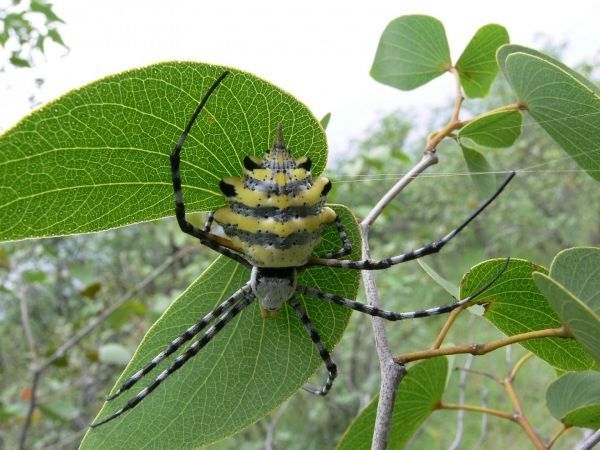A new study shows that, in addition to the diversity of tree species, the variety of animal and fungus species also has a decisive influence on the performance of forests. Forest performance comprises many facets besides timber production, such as carbon storage and climate regulation. The study is based on ten years of research in species-rich subtropical forests. A team of researchers led by the German Centre for Integrative Biodiversity Research (iDiv) and the Martin-Luther-University Halle-Wittenberg has published the results in the new issue of Nature Communications. They illustrate that biodiversity must be viewed as a whole in order to maintain the performance of forests.
There is a global concern that the loss of biodiversity caused by people is impairing the functioning of our cultural and natural landscapes. In our forests, trees are the most conspicuous and prominent organisms. The consequences of reduced tree species diversity are therefore comparatively easy to grasp. However, it is much more difficult to take into consideration the diversity of the thousands of sometimes tiny animal and micro-organism species that perform important tasks in forests as herbivores, pest controllers or recycling experts. Therefore, the effects of a loss of this species diversity have so far been difficult to quantify. After years of dedication, a team of German, Chinese, Swiss and American researchers has now succeeded in doing this for the first time for particularly species-rich, semi-natural forests in the subtropics of China. The research group has not only studied the enormous species diversity of beetles, spiders, ants, woodlice and fungi in these forests, but at the same time, they investigated a variety of processes that are essential for the functioning of the forests. These processes include the growth of timber, the prevention of soil erosion, the recycling of nutrients or the biological control of potential pests.
Read more at German Centre for Integrative Biodiversity Research (iDiv) Halle-Jena-Leipzig
Image: Spiders and other animals are important for forest ecosystems. (Credit: Jula Zimmermann)


